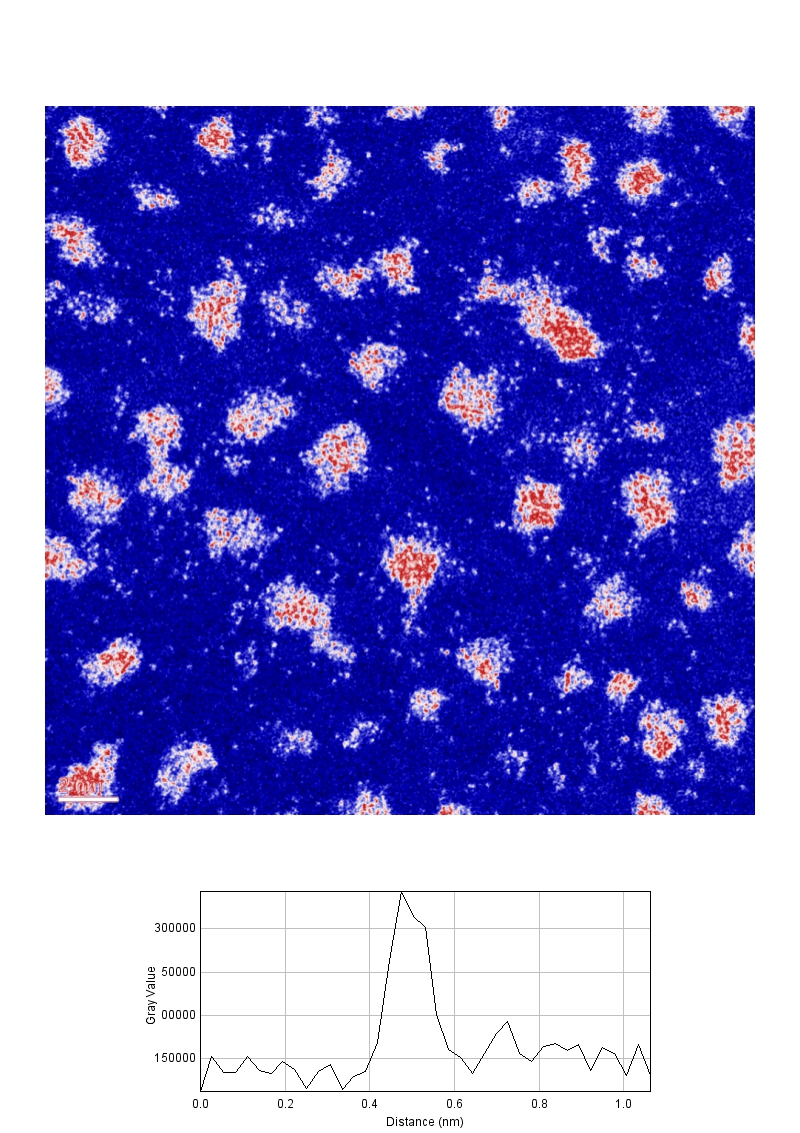IT-6-IN-1652 Advances in Atomic Resolution-Environmental (Scanning) Transmission Electron Microscopy
Dynamic chemical reactions catalysed by solid surfaces in heterogeneous catalysis play a major role in the development of energy sources, healthcare, environmental controls and industrial chemicals. Visualisation of the evolution of structural changes in catalysts in their working state under controlled gas and temperature conditions at the atomic level in real time is crucial in the development of efficient catalysts and processes but is extremely challenging.
Previously we reported the development of the first atomic resolution-Environmental transmission electron microscope (atomic resolution-ETEM) for in-situ studies of dynamic gas-solid reactions at operating temperatures under controlled conditions at the atomic level [1,2]. Highlights of this development include a novel ETEM design with the objective lens polepiece incorporating radial holes for differential pumping and the regular EM sample chamber as the controlled reaction environmental cell (reactor) [2]. This atomic resolution-ETEM development is now widely used.
Recently we have developed a double aberration corrected E(S)TEM (AC E(S)TEM) at York incorporating a large gap objective lens polepiece for in-situ studies under controlled gas and temperature reaction environments with single atom sensitivity, using a JEOL 2200 FS [3,4,5]. The new E(S)TEM capability enables the visualisation of single atom dynamics in real time (Fig. 1) [4,5]. Here we present E(S)TEM studies of working catalysts at the single atom level. Supported Au nanoparticles are of interest in hydrogenation, water-gas-shift and low temperature oxidation of carbon monoxide. Supported Pt nanocatalysts are used in fuel cells where reactions in hydrogen, oxygen, CO and water are important and in vehicle exhaust emission control measures [4-6]. The E(S)TEM with single atom sensitivity is playing a key role in the development of a heterogeneous process for sustainable biofuels from biomass (including vegetable plants, weeds and grass) and environmentally benign heterogeneous processes to produce medicines for human healthcare.
References
[1] Gai P.L. et al, Science 267 (1995) 661.
[2] Boyes E.D. and Gai P.L., Ultramicr 67 (1997) 219.
[3] Gai P.L. and Boyes E .D., Micros Res Tech. 72 (2009) 153.
[4] Boyes E.D., Ward M., Lari L. and Gai P.L., Ann. Phys. (Berlin) 525 (2013) 423.
[5] Gai P. L., Lari L., Ward M. and Boyes E. D., Chem.Phys.Lett. 592 (2014) 355.
[6] Yoshida K. et al, Nanotechnology 2014 (submitted).
We thank the EPSRC (UK) for Critical Mass grant EP/J018058/1.
